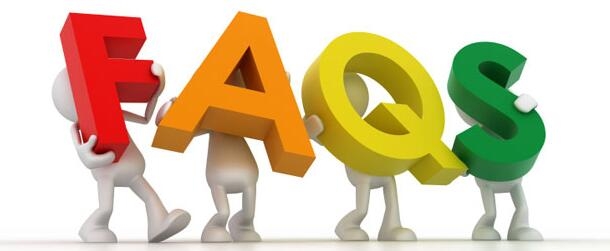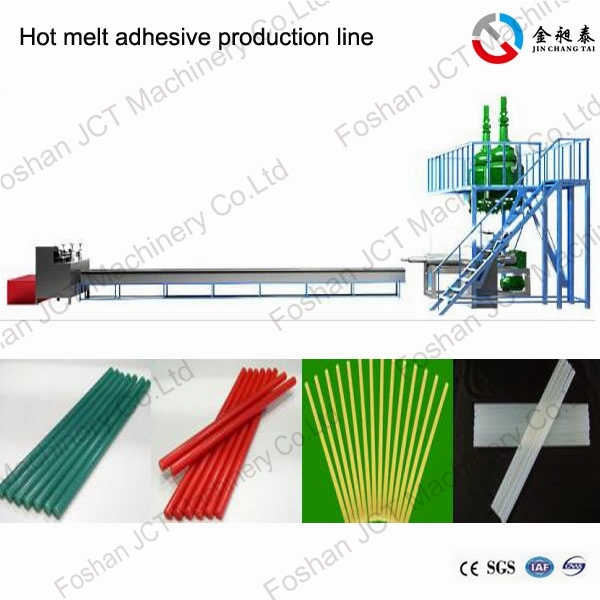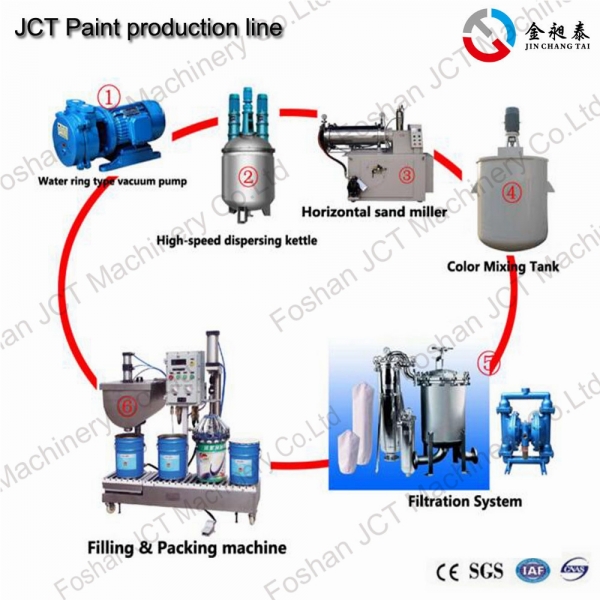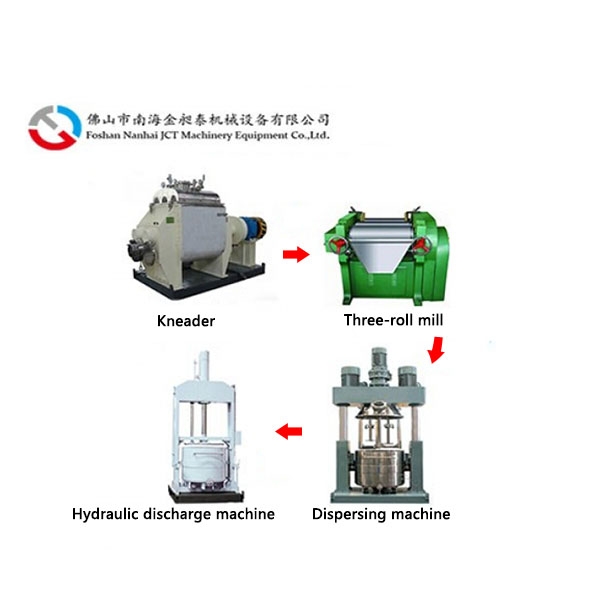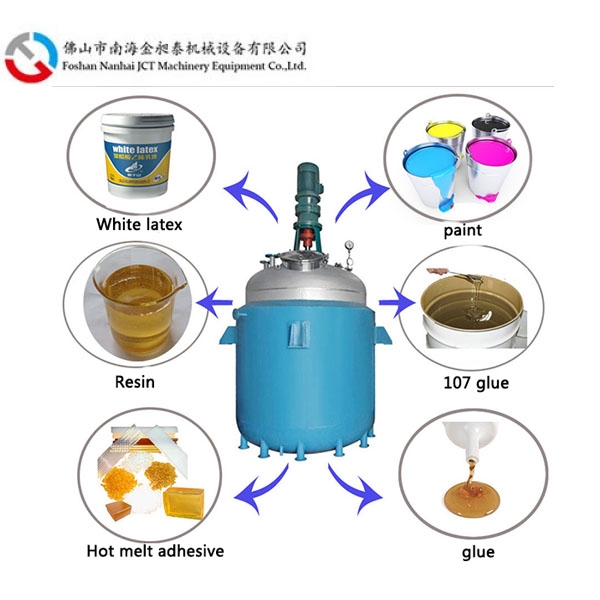
Email: [email protected]
Phone:0086-13929992673
Address: Wufuwei Industrial Zone,Pingzhou,Nanhai,Foshan,Guangdong,China
What are the differences between hot melt glue sticks and hot melt glue particles?
Author: JCT source: Datetime: 2023-09-05 09:57:14
Hot melt glue stick is a solid adhesive made of ethylene-vinyl acetate copolymer (EVA) as the main material, adding a tackifier and other ingredients. It has fast bonding, high strength, aging resistance, non-toxicity and good thermal stability. It can be used for wood, plastic, fiber, fabric, metal, furniture, lampshade, leather, handicraft, toy electronics, electrical components, paper products, ceramics, pearl cotton packaging, etc. It can be widely used in factories and households.
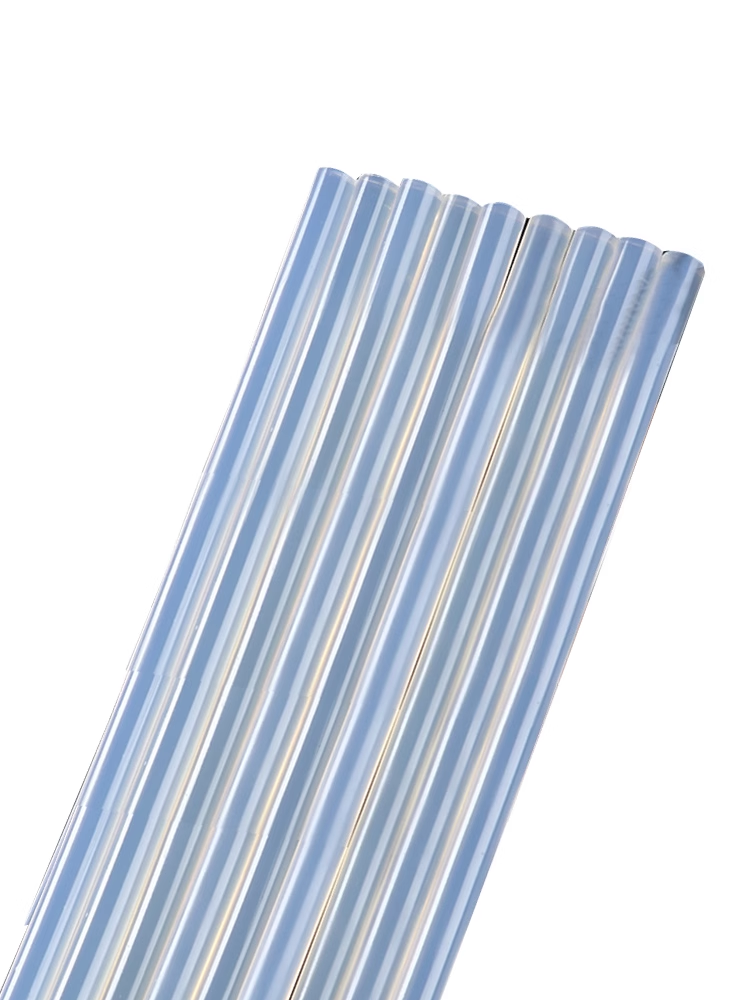
hot melt glue stick
Weigh the raw materials according to the proportion of the hot melt glue stick formula and add them to the reaction kettle. Heat up to melt and stir well. Then cool the melted rubber in the reactor to a certain temperature and put it into the running extruder. The extrusion speed of the extruder can be selected according to the different types of rubber. The extruder squeezes the hot melt adhesive into the water tank through a trap-shaped extrusion hole on the extrusion head. The hot melt adhesive is immediately shaped when it meets the cooling water. The glue stick is initially cooled and shaped through the first cooling water tank. The traction of the glue enters the second cooling water tank, and the glue sample is fully cooled and shaped in the second cooling water tank. The running speed of the glue stick in the water tank is controlled by the extrusion speed of the extruder, so that the traction speed of the tractor and extrusion Machine extrusion speed synchronization. Adjust and control the relationship between extrusion speed, cooling and setting speed, and traction speed, and then cut and pack the cooled glue stick into finished products.
The hot-melt glue stick is used with the glue gun. Use a hot-melt glue gun to apply glue. Put the glue stick into the hot-melt gun, plug in the electric heating for a while, and pull the trigger to get the glue to flow out. You can also directly burn one end of the hot melt glue stick with a lighter, apply it to the place to be glued, and wait until the glue becomes solid. Bonding paper cartons, crafts, handmade, etc., is convenient and easy to use, and it is stronger than ordinary glue.
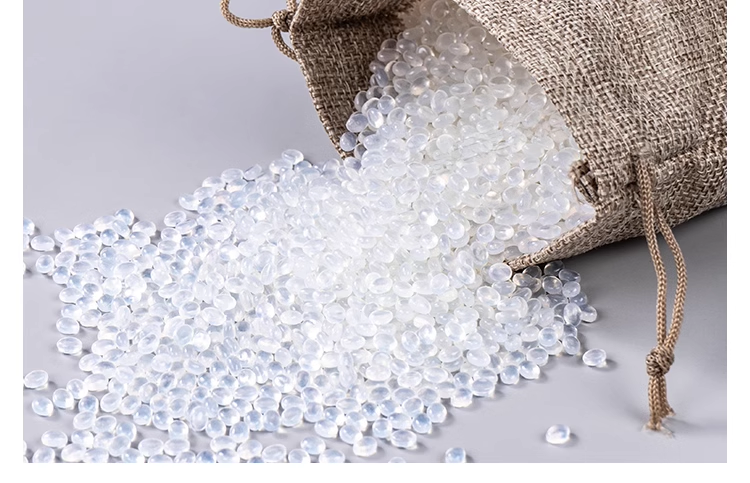
Hot melt glue
Hot-melt adhesive bonding is to use a hot-melt adhesive machine to melt the hot-melt adhesive through heat, and the glue after melting becomes a liquid, which is sent to the adhered object through the hot-melt adhesive tube and hot-melt adhesive gun of the hot-melt adhesive machine Surface, after the hot melt adhesive cools, the bonding is completed.
Post-press binding technology has developed extremely rapidly in the early and mid-1980s, especially after the reform and opening up, and it is quite different from the past in terms of technology and equipment and materials. Especially in recent years, more and more bookbinding factories use hot melt adhesive to bond books. The number of books and volumes bonded with hot-melt adhesives is nearly 3 billion volumes throughout the year, and the amount of hot-melt adhesives used is nearly 8,000 tons. This process has become the main method of bonding books, and there will be a further development trend in the future. Because this process meets the needs of the modern publishing industry to publish books quickly and with a short cycle, and adapts to the rhythm of production in modern society.
Colloidal particles are a kind of structural toys, which are composed of one-hole, double-hole, porous colloidal particles and other structural elements. Since the colloidal structure is composed of a concave hole and a convex head, the connection method of the two structural elements depends on the plugging of the head and the hole, so it is a plug-in structure toy.
Molecules or molecular aggregates that form a colloidal solution. Its average diameter is between 1nm and 1μtm. The shape of colloidal particles is very complicated, and the simplest case is a spherical particle, and the size is generally expressed by the average value of the diameter of the particle or the average value of the molecular weight. Each colloidal particle is an aggregate composed of several molecules.

